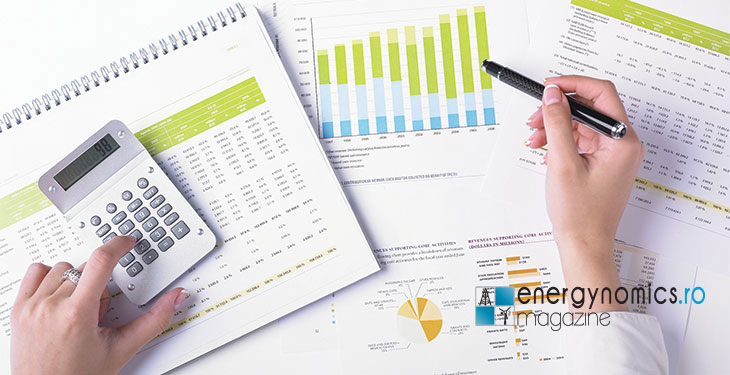More than one year ago Mark Beacom had the amability to answer some questions for energynomics.ro Magazine, which made one of the best articles we had in our eight issues we published up to now. “2014-2015 – Busiest times ever for the offshore exploration in Romania”, he said in August 2014. Here we are now, in October 2015, with no major changes in legislation and regulations, but with some interesting moves in corporate and operational areas.
Midia Resources SRL changed its name to Black Sea Oil & Gas SRL, after Carlyle Group acquired Sterling Resources’ Romanian business. Mark Beacom remains in charge with operating the license blocks 13 Pelican, 15 Midia, 25 Luceafărul and 27 Muridava, located in the Romanian Black Sea and containing a number of significant gas discoveries.
Mister Mark Beacom, you are one of the people with a long history in the Romanian offshore business. How would you describe the present situation of the industry?
Precarious. On the one hand, there have been a couple of high profile discoveries, but on the other hand, there has yet to be one announcement of a development. We made our Ana and Doina discoveries back in 2008 and have not yet been able to declare these discoveries commercial. Making discoveries is certainly helpful. Making commercial developments, however, is vital.
It was a year with huge decline in crude oil prices. How did the exploration operations advance in 2015? How many exploration wells were drilled? With what results?
Drilling offshore takes long term planning and entering into contractual commitments many months before actually drilling. Commitments that were made when oil prices were much higher still need to be fulfilled whatever the state of oil prices. On this basis, this year’s drilling was likely little impacted by the drop in oil prices, as the drilling activities were already committed. Going forward however into 2016 the situation may not be the same.
The news of the moment comes from Lukoil-Romgaz-PanAtlantic, a joint-venture which just announced a significant discovery in the Black Sea, Block EX 30 Trident. How does this discovery change the sentiment towards investments in the Black Sea?
Discoveries are certainly a positive sign and helps elevate the potential for an offshore industry being created for Romania. However, finding oil and gas in the exploration phase is still not enough. Investors only invest in exploration on the basis that there will be sufficient cash flow from eventually undertaking developments to pay off all the huge costs of the development, plus the past exploration costs including the dry holes. Geological risk is only one element of risk being impacted by discoveries. All the risks in relation to commercialization of the field (capital costs, operating costs, gas price, gas movement and taxes) have yet to be adequately addressed.
If we add this discovery to the one Exxon & OMV Petrom made some time ago, it seems like the success rate of the exploration wells drilled in the Romanian area of the Black Sea is rather good. Do you agree?
Historically, exploration success in a hydrocarbon bearing region is only about 20-25%. That means at least 3 to 4 wells will be dry for each one that is successful. I believe that Romania offshore is likely within that range. Although we hear about the exploration successes, all the dry holes (where a dry hole can cost in excess of $100 million) that are drilled, are missed in the news.
————————————-
The full version of this article can be read in printed edition of energynomics.ro Magazine, issued on December 2015.
In order to receive the next issue (March 2016) of energynomics.ro Magazine for free, we encourage you to write us at [email protected] to include you in our distribution list.

